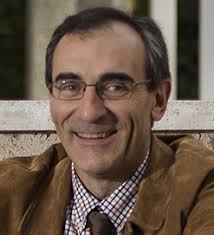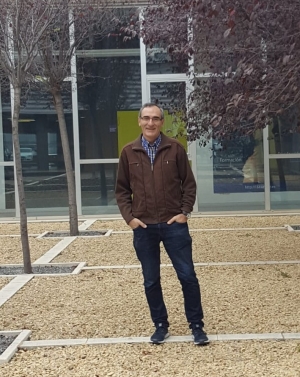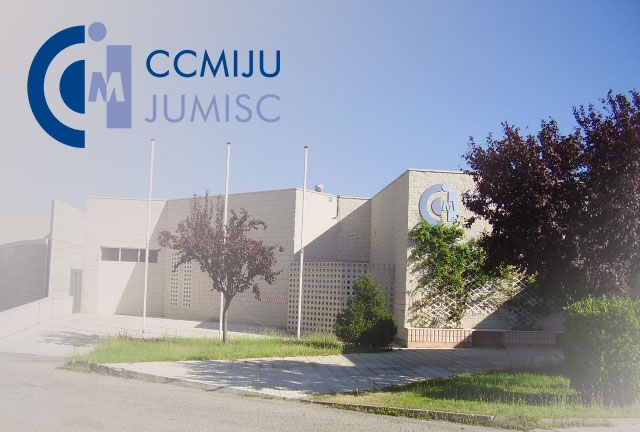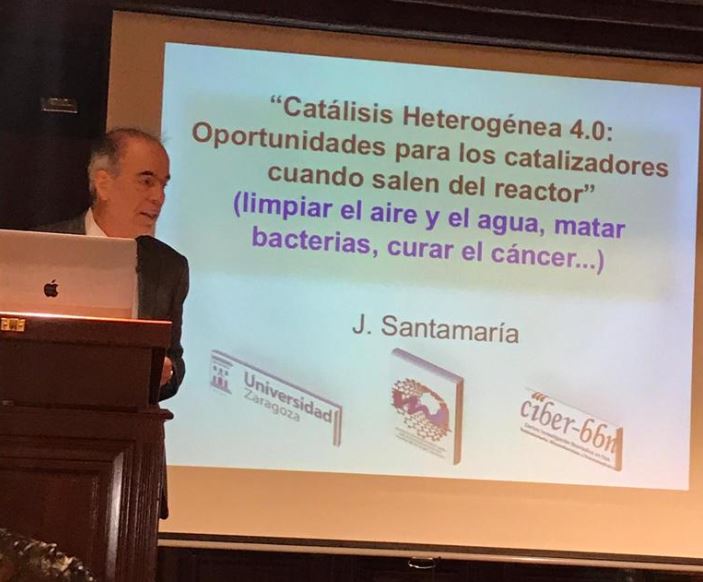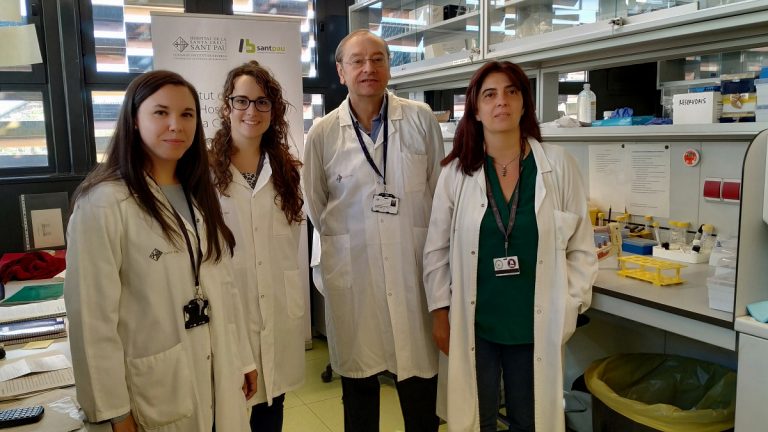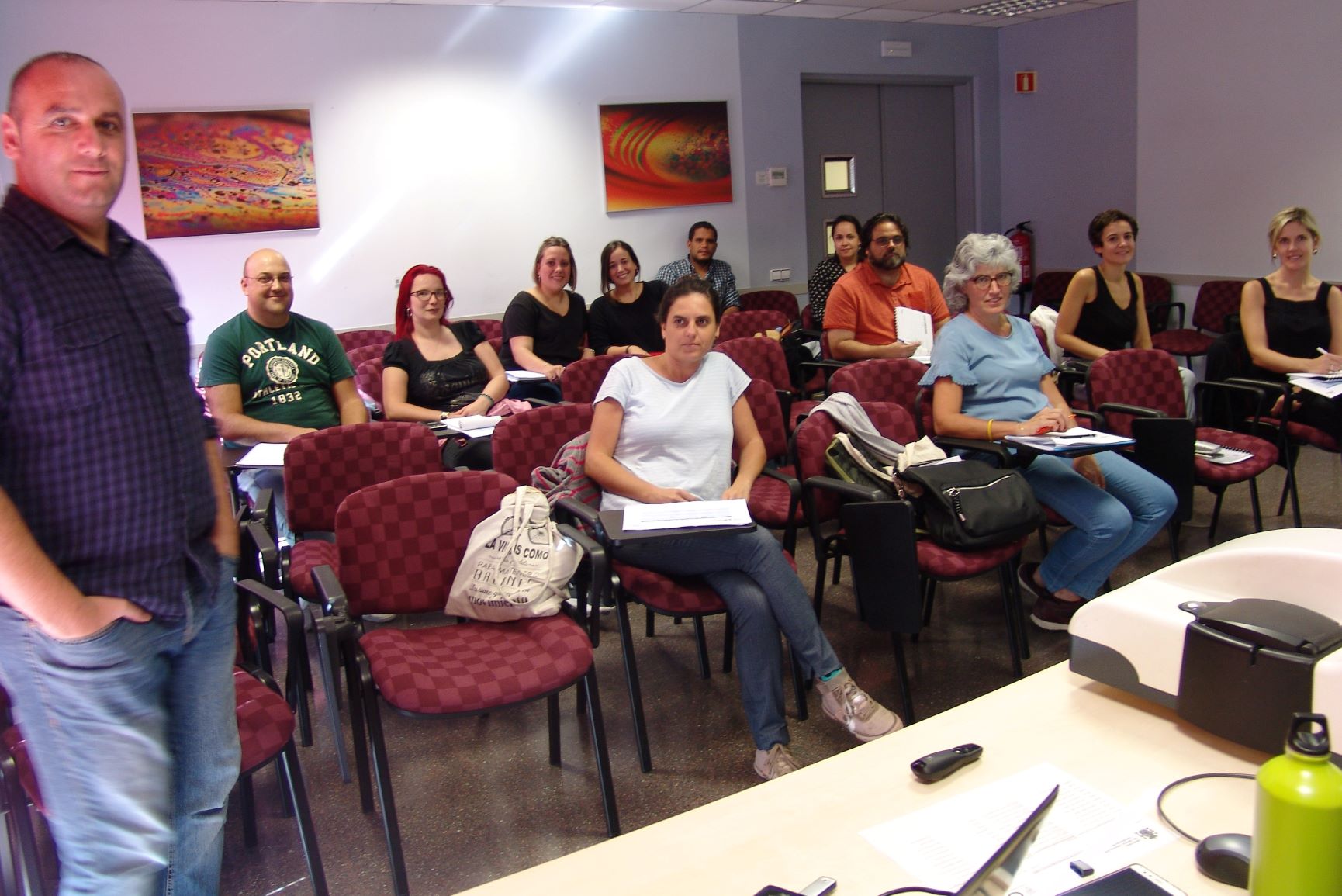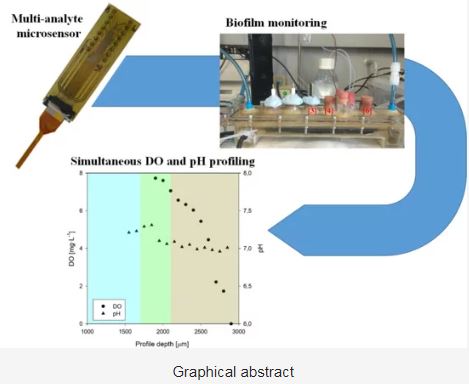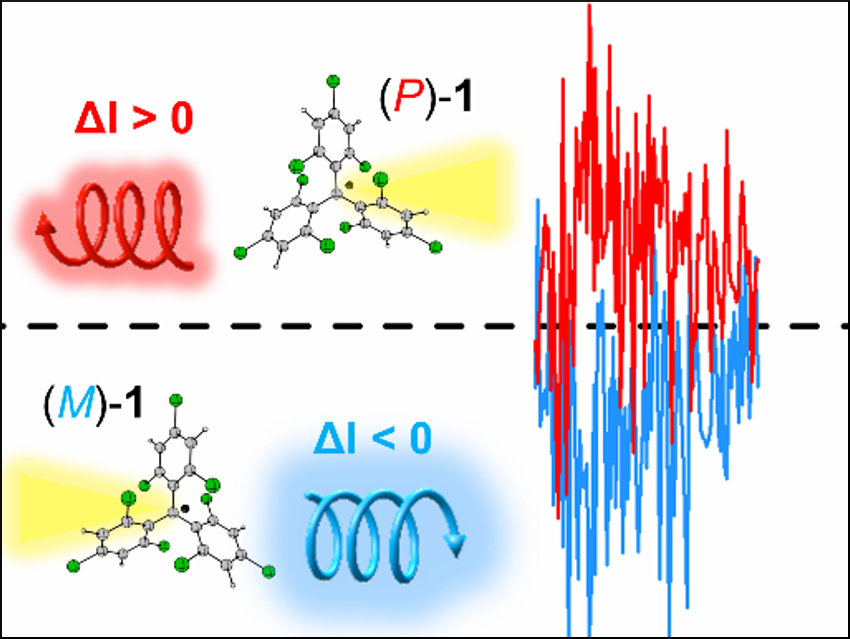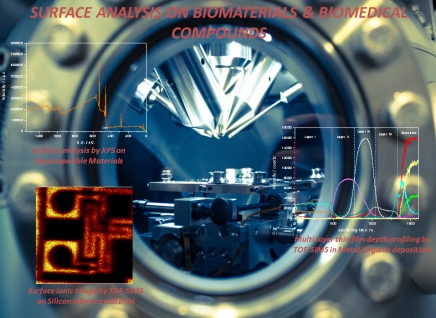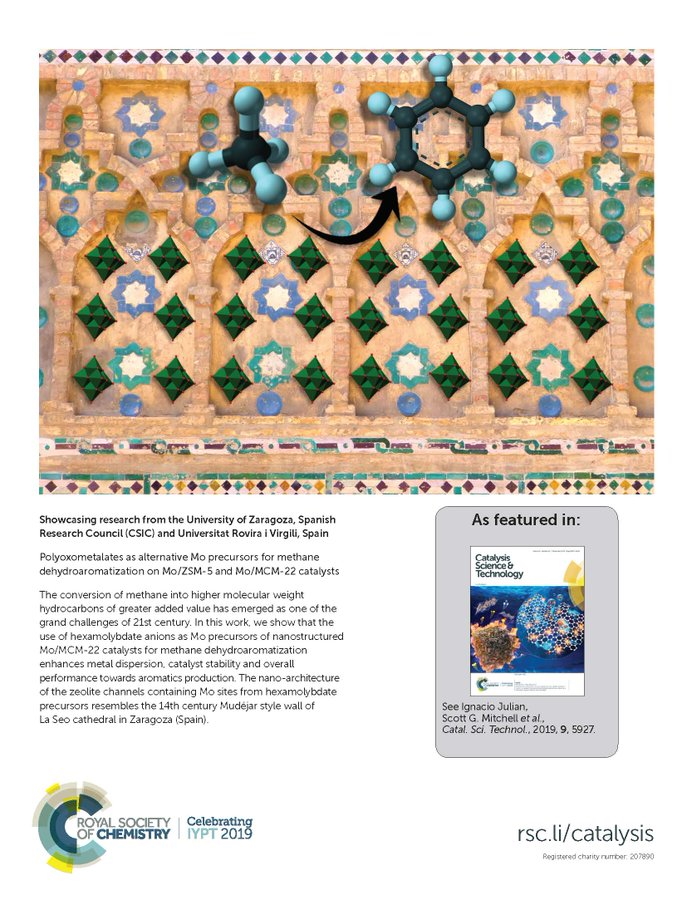Understanding between doctors and engineers: essential to advance in health
Pablo Laguna Lasaosa, New Director of I3A and scientific director of NANBIOSIS U27 High Performance Computing talks about Biomedical Engineering in the radio programm “La Brujula de Aragón” @OndaCero_
Professor of signal and communications, expert of biomedical signals in the cardio vascular domain, Pablo Laguna talks about engineering today and how the relative weight of engineering is nowadays repesented by the information engineering, computer engineering and the treatment of information to be applyed in different domains, new materials and new ways of addressing and solving problems.
For the recently appointed director of the I3A, there is an opportunity in this updated concept of enineering to try to attract the female sector. “In the I3A -says Pablo Laguna- there are a good number of female engineers, pioneer women, of recognized national and international prestige, who make the effort of diffusion so that other women are encouraged to continue their way”.
Doctor Laguna also explains the I3A research which groups forty or fifty research groups in four work domains:
Chemical engineering, what is known as processes and recycling, (recycling, sludge management or new chemical processes to obtain new materials …), with a very close relationship with the recycling industry.
More classic industrial technologies, the mechanical part, where the great chanllenges are in knowledge, in simulations… to give value to companies.
Information and telecommunications technologies, which brings together the technologies of communication, computer science, data management and artificial intelligence.
Engineering applied to the resolution of biological problems, diagnosis of diseases, therapy … interdisciplinarity and understanding between the doctor and the engineer are nowadays essential to advance in the field of health.
To follow the interview in spanish: from min 13:15
https://www.ondacero.es/emisoras/aragon/audios-podcast/brujula/la-brujula-de-aragon-12112019_201911125dcb01af0cf235944927d27e.html
